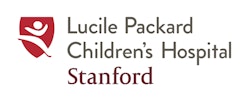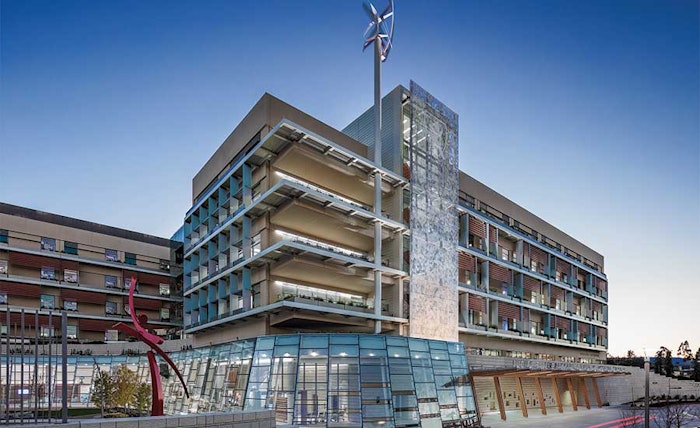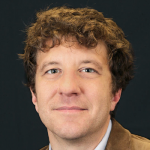
Lucile Packard Children's Hospital Stanford

cbtn
Principal Investigators

Palo Alto, CA, USA

Palo Alto, CA, USA

Palo Alto, CA, USA
about this
Institution
Lucile Packard Children’s Hospital Stanford opened in 1991 and is the heart and soul of Stanford Children’s Health. Nationally ranked and internationally recognized, the 361-bed hospital located in Palo Alto, Calif. is devoted entirely to pediatrics and obstetrics.
The Pediatric Neuro-Oncology program at Packard Children’s includes world-class pediatric neurosurgeons, neuro-radiologists, radiation oncologists, neuro-oncologists, neuropathologists, social workers, neuropsychologists, rehabilitation experts and nurse practitioners.
Packard Children’s experts specialize in surgical techniques that reduce exposure of the brain or spinal column, lower risk, shorten recovery time, and minimize the disruption of healthy tissue. Packard Children’s was also the first hospital in Northern California to deploy ROSA™, the robotic surgical assistant, for pediatric use. ROSA™ makes neurosurgery safer, faster, and more precise.
Researchers at the Stanford University School of Medicine and Packard Children’s are investigating what molecular pathways drive invasion of high-grade gliomas, and how these pathways can be targeted for treatment. One such effort, led by CBTTC investigator Dr. Laura Prolo uses bioinformatics to study the genomic and epigenetic diversity of pediatric high-grade gliomas at the cellular level. Dr. Prolo’s work may open doors to novel therapeutic treatments for the most invasive and deadly cancer in children.
Stanford is currently running more than a dozen brain-tumor-related clinical trials, including studies of new immune therapies and chemotherapy drugs, innovative combinations of chemotherapy and radiation, and new medications that may help address the memory and attention problems that patients sometimes experience after treatment.
Supporters may also be familiar with Dr. Michelle Monje, who works at this institution. Her work centers on high grade gliomas; predominantly DIPG. She is also currently running a CAR-T trial.
Contact
Gavriella Silverman | Clinical Research Coordinator
https://www.stanfordchildrens.org/en/default.pagemeet the
Team

Palo Alto, CA, USA

Palo Alto, CA, USA

Palo Alto, CA, USA

Palo Alto, CA, USA